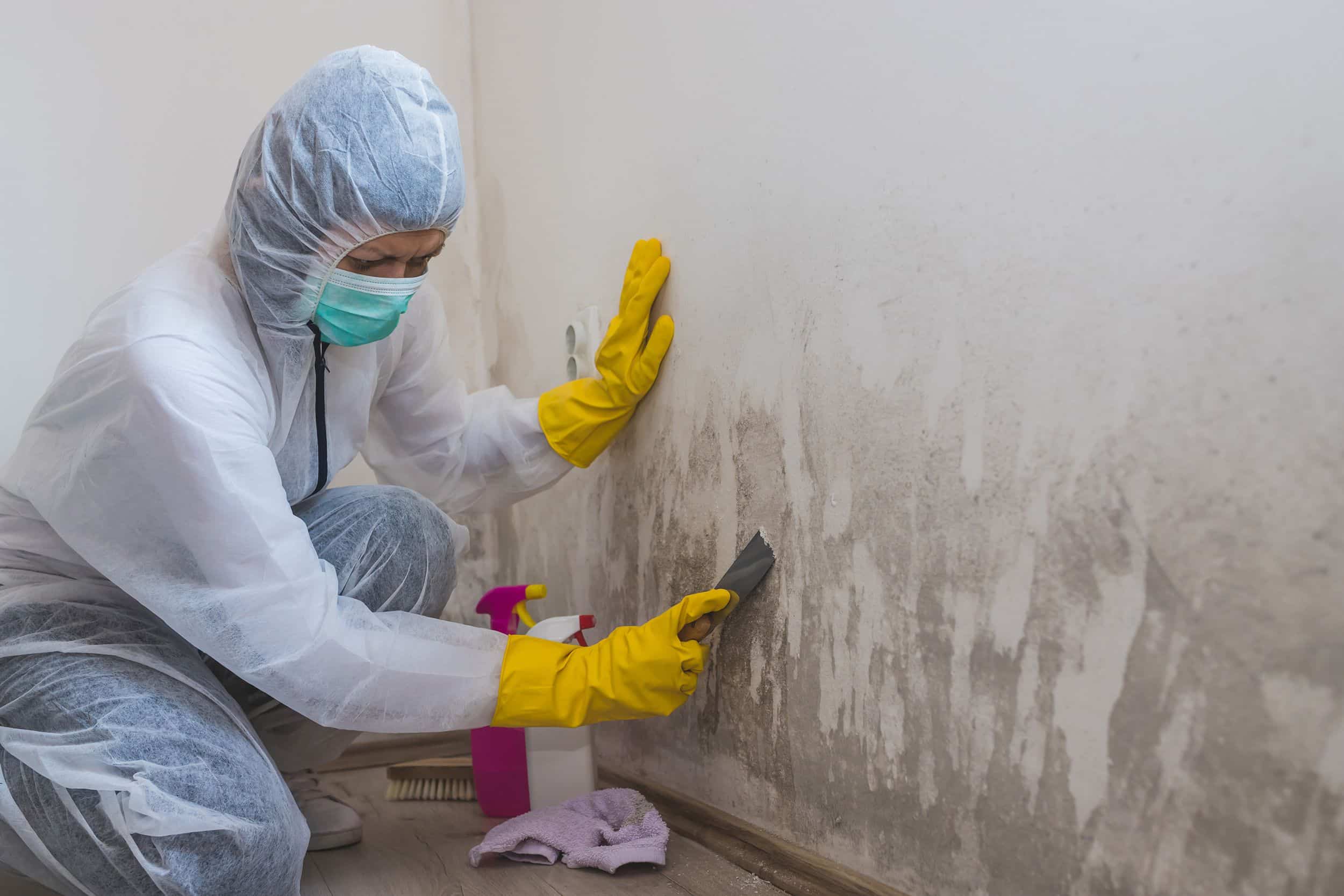Effective Post Mold Remediation Cleaning Protocols
Effective Post Mold Remediation Cleaning Protocols
Blog Article
Effective Message Mold And Mildew Remediation Solutions for Your Home
Mold growth in homes can be a persistent issue, often calling for a methodical strategy for reliable post-remediation solutions. From recognizing the elements that add to mold growth to applying proper cleansing techniques and wetness control actions, the procedure can be intricate yet critical for preserving a healthy and balanced living setting. After mold remediation.
Understanding Mold Growth Elements
Mold growth is affected by a variety of variables that are critical to comprehend in order to effectively address and stop its spreading. Recognizing these elements is necessary in carrying out successful mold and mildew remediation techniques. The primary variable adding to mold development is moisture. Mold and mildew spores call for moisture to germinate and grow, making wet or humid settings very vulnerable to mold and mildew invasions. Poor air flow can likewise cause moisture buildup, producing an ideal breeding place for mold.

In addition, airflow and light exposure can impact mold development. Locations that lack proper air flow and natural light are more prone to mold and mildew growth. By dealing with these aspects thoroughly, individuals can successfully alleviate mold and mildew development and protect their living environments.
Proper Mold Cleansing Methods
Utilizing reliable cleansing methods is crucial in protecting against the reoccurrence and addressing of mold contamination in indoor atmospheres. When taking care of mold, it is critical to prioritize safety and security by wearing protective gear such as goggles, masks, and handwear covers. The initial step in appropriate mold and mildew cleansing is to contain the afflicted area to protect against the spread of spores to unpolluted locations. This can be achieved by sealing the area and utilizing air scrubbers or unfavorable air machines to maintain air quality.

Carrying Out Dampness Control Actions
To effectively avoid mold development and contamination in indoor environments, executing wetness control actions is extremely important. Moisture is the primary aspect that fuels mold development, making it critical to take care of humidity degrees within the home. One efficient measure is to use dehumidifiers to preserve indoor moisture levels below 60%. Furthermore, ensuring appropriate ventilation in areas susceptible to moisture build-up, such as cooking areas and washrooms, can aid reduce the threat of mold and mildew development. Consistently evaluating and fixing any type of leakages in pipes, roofings, or windows is additionally vital in stopping excess dampness build-up. Utilizing exhaust fans while food preparation or showering, and enabling air circulation by maintaining furniture somewhat far from walls can assist in wetness control. Making use of moisture-resistant products in high-humidity areas, such as mold-resistant drywall and paints, can be valuable. By diligently carrying out these moisture control steps, homeowners can successfully minimize the possibility of mold recontamination and maintain a healthy interior atmosphere.
Using All-natural Remediation Solutions
After efficiently applying wetness control steps to avoid mold and mildew growth in interior environments, house owners can currently discover the performance of natural removal remedies in keeping a healthy and balanced space. All-natural removal solutions utilize ecologically pleasant techniques to fight mold and mildew and mold, making them a popular selection for those seeking non-toxic choices. One such service is making use of vinegar, a natural antimicrobial agent, to disinfect and tidy surfaces polluted by mold. Just thin down vinegar with water and spray it onto the influenced locations, permitting it to sit for a couple of hours before wiping tidy. Additionally, tea tree oil, known for its antifungal properties, can be blended with water and sprayed onto mold-infested surfaces to hinder additional growth. One more all-natural choice is hydrogen peroxide, which can successfully kill mold and mildew on numerous surfaces without leaving damaging residues behind. By including these all-natural remediation options into their cleansing regimens, property owners can effectively fight mold and mildew growth while advertising a healthier interior environment on their own and their families.

Keeping a Mold-Free Atmosphere
Routinely evaluating areas vulnerable to mold and mildew growth, such as bathrooms, basements, kitchen areas, and attic rooms, is essential. Correct ventilation in locations with high humidity levels why not find out more is likewise vital to avoiding mold development.
Furthermore, keeping cleanliness in the home is vital for mold and mildew avoidance. Frequently cleansing and cleaning surface areas, carpetings, and furniture can assist remove mold and mildew spores prior to they have a chance to multiply and resolve. Using mold-resistant items for building and construction products and furnishings can additionally assist in producing a mold-free atmosphere. Finally, keeping interior plants in check and making sure correct water drainage in exterior landscape design can decrease dampness build-up, lowering the chance of mold and mildew infestations. By following these aggressive maintenance practices, property owners can successfully support a mold-free living space.
Verdict
In final thought, it is essential to deal with mold growth variables, utilize proper cleansing techniques, implement wetness control steps, utilize all-natural removal services, and keep a mold-free atmosphere in order to effectively take care of message mold and mildew removal in your house - Post Remediation Inspection near me. By complying with these approaches, you can stop mold and mildew from recurring and make sure a healthy and balanced living environment for you and your household
The key aspect contributing to mold growth is wetness. Mold and mildew spores call for dampness to thrive and germinate, making moist or moist atmospheres very vulnerable to mold problems.To successfully protect against mold and mildew development and contamination in interior settings, carrying out wetness control steps Click This Link is critical. Additionally, guaranteeing appropriate ventilation in locations susceptible to moisture buildup, such as cooking areas and washrooms, can aid minimize the threat of mold growth.After efficiently carrying out wetness control procedures to avoid mold and mildew growth in interior atmospheres, house owners can click over here now discover the performance of natural removal services in keeping a healthy living room.
Report this page